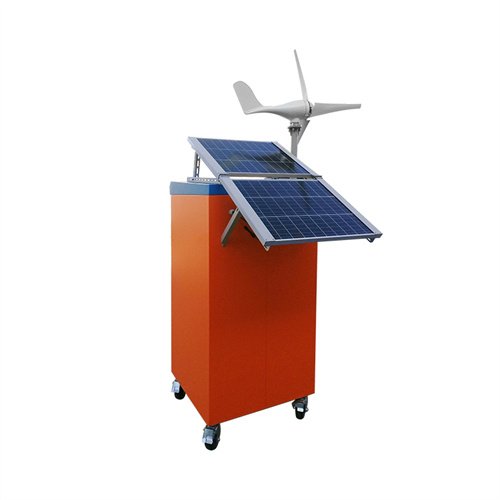About How much energy can a container store
Each container carries energy storage batteries that can store a large amount of electricity, equivalent to a huge “power bank.” Depending on the model and configuration, a container can store approximately2000 kilowatt-hours.
As the photovoltaic (PV) industry continues to evolve, advancements in How much energy can a container store have become critical to optimizing the utilization of renewable energy sources. From innovative battery technologies to intelligent energy management systems, these solutions are transforming the way we store and distribute solar-generated electricity.
When you're looking for the latest and most efficient How much energy can a container store for your PV project, our website offers a comprehensive selection of cutting-edge products designed to meet your specific requirements. Whether you're a renewable energy developer, utility company, or commercial enterprise looking to reduce your carbon footprint, we have the solutions to help you harness the full potential of solar energy.
By interacting with our online customer service, you'll gain a deep understanding of the various How much energy can a container store featured in our extensive catalog, such as high-efficiency storage batteries and intelligent energy management systems, and how they work together to provide a stable and reliable power supply for your PV projects.
Related Contents
- How to store energy in a tap changer
- How does a capacitor store and release energy
- How to store electricity in energy storage
- How much energy can the meter shaker store
- How much energy can new energy vehicles store
- How to store energy in energy storage tanks
- How does energy storage equipment store energy
- How does a power meter store energy
- How to store energy from solar power at home
- How to store energy in distribution cabinet
- How does the state grid store energy
- How does a circuit breaker store energy


